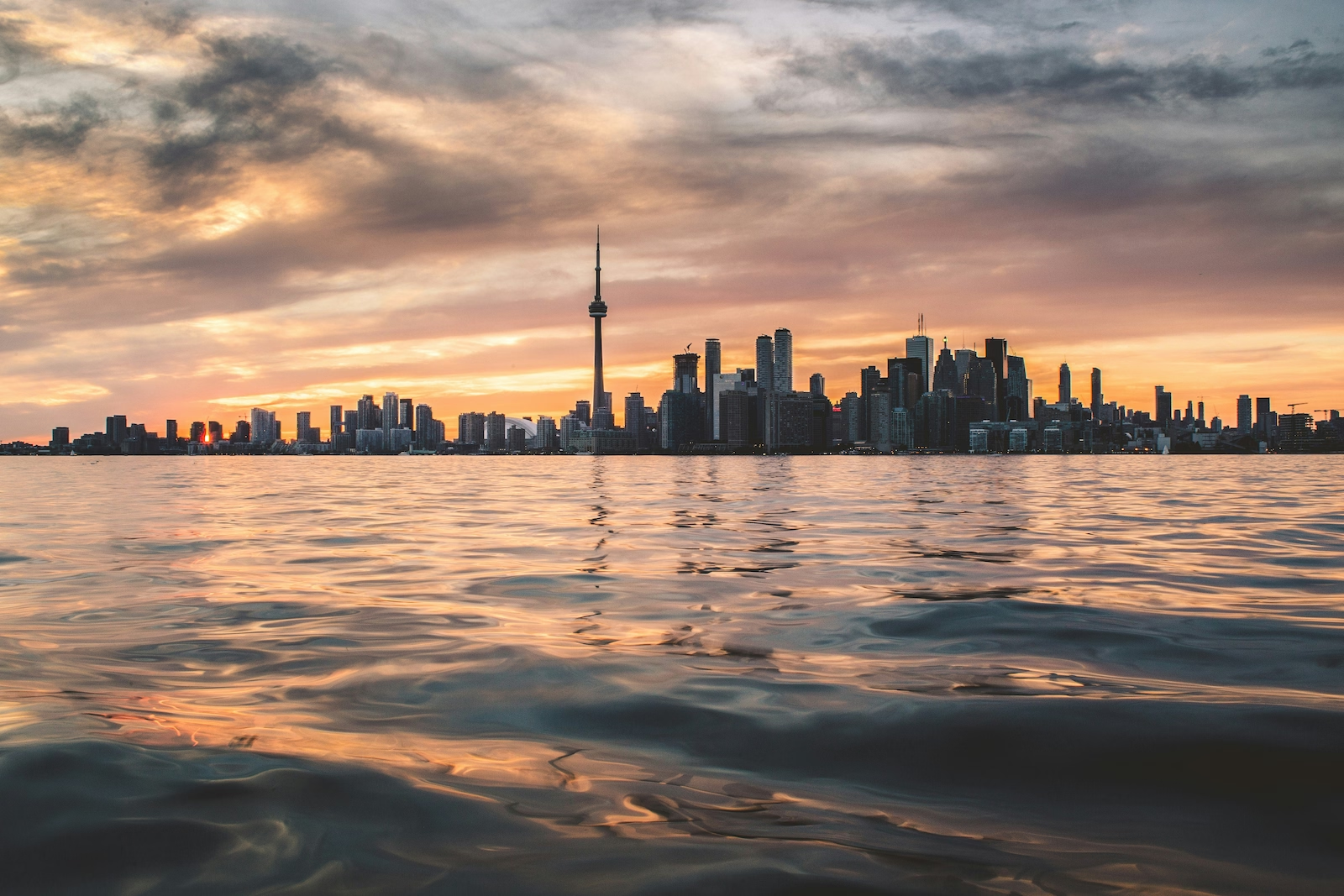With over 7,000 islands scattered across turquoise seas, the Philippines isn’t the kind of place you visit just once, and it’s definitely not the kind of place you stick to a single beach. This country is MADE for island hopping. You can spend your mornings snorkeling with turtles, your afternoons hiking jungle trails, and your evenings eating grilled fish with your feet in the sand. If you’re willing to mix ferries, small planes, and the occasional outrigger boat, you can see more than a few slices of this island nation in one trip. Here is our guide on how best to plan this.

Why island hopping here is different
Unlike other destinations with just a handful of nearby islands, the Philippines has clusters of them spread out across different regions, each with its own vibe.
Palawan’s jagged limestone cliffs look nothing like Bohol’s chocolate hills. Siargao’s surf scene feels completely different from the quiet fishing villages in northern Luzon. That variety is exactly what makes a Philippine island-hopping trip so addictive, because you can go from lively beach towns to completely deserted sandbars in a matter of hours.
And because English is widely spoken, it’s easy to navigate transport, book boats, and chat with locals.
You don’t need luxury budgets to do it either. Ferries, budget airlines, and shared boats keep costs low, though planning ahead helps in peak travel seasons.
Where to start your trip
Most international flights land in Manila or Cebu. Manila is the main gateway to Luzon and flights to the northern islands, while Cebu puts you in the middle of the Visayas – home to Bohol, Siquijor, and countless smaller islands.
Both have strong connections to Palawan, which is one of the most popular jumping-off points for multi-island trips.
From Manila, you can head north to explore Batanes – remote, windswept, and unlike any tropical postcard – or south to Mindoro for quieter beaches.
From Cebu, you can easily catch ferries between Bohol, Siquijor, Negros, and even to Mindanao.
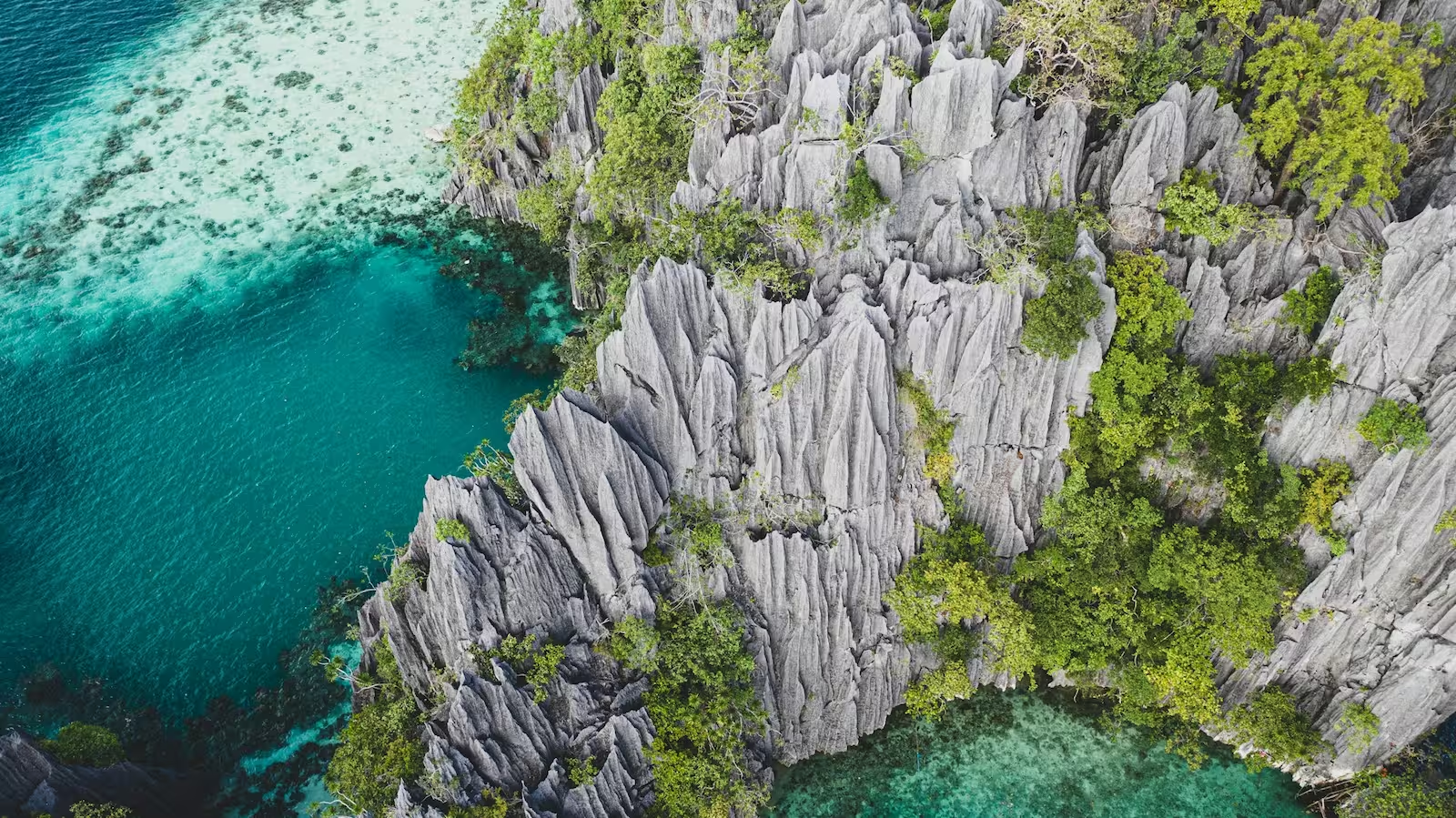
Choosing your routes
The Philippines isn’t a place where you can easily hop in a boat and cross half the country – distances are bigger than they look on the map.
The best way to plan is to focus on one region and explore several nearby islands rather than trying to cover the entire archipelago.
For example, in Palawan, many travelers base themselves in El Nido or Coron for day trips to lagoons, hidden beaches, and snorkeling spots. In the Visayas, Cebu–Bohol–Siquijor–Negros is a popular loop. And in Mindanao, Siargao offers easy access to smaller islands like Guyam and Naked Island.
Longer jumps between regions are best done by budget airlines like Cebu Pacific or AirAsia, while shorter hops are handled by ferries or bangkas (traditional outrigger boats).
What to expect on the water
Boats range from large ferries with air-conditioned cabins to tiny open-deck outrigger boats where you’ll get splashed whether you like it or not. Weather matters – a lot. Trips can be delayed or canceled if seas get rough, especially during the rainy season (June to October).
Always keep a day or two of flexibility if you have a tight schedule.
On day trips, most tours include lunch – usually grilled fish, rice, fruit, and unlimited drinking water. Snorkeling gear is often provided, though bringing your own mask is never a bad idea.
How long to spend
If you’ve only got a week, stick to one region. Two weeks lets you see a couple of regions without rushing. Anything longer than that and you can start linking more far-flung islands together. The beauty of the Philippines is that even the “less famous” islands are still gorgeous, so you’ll rarely feel like you missed out.
If you're new to Southeast Asia, we've got you covered: here's our beginner's guide to the region!






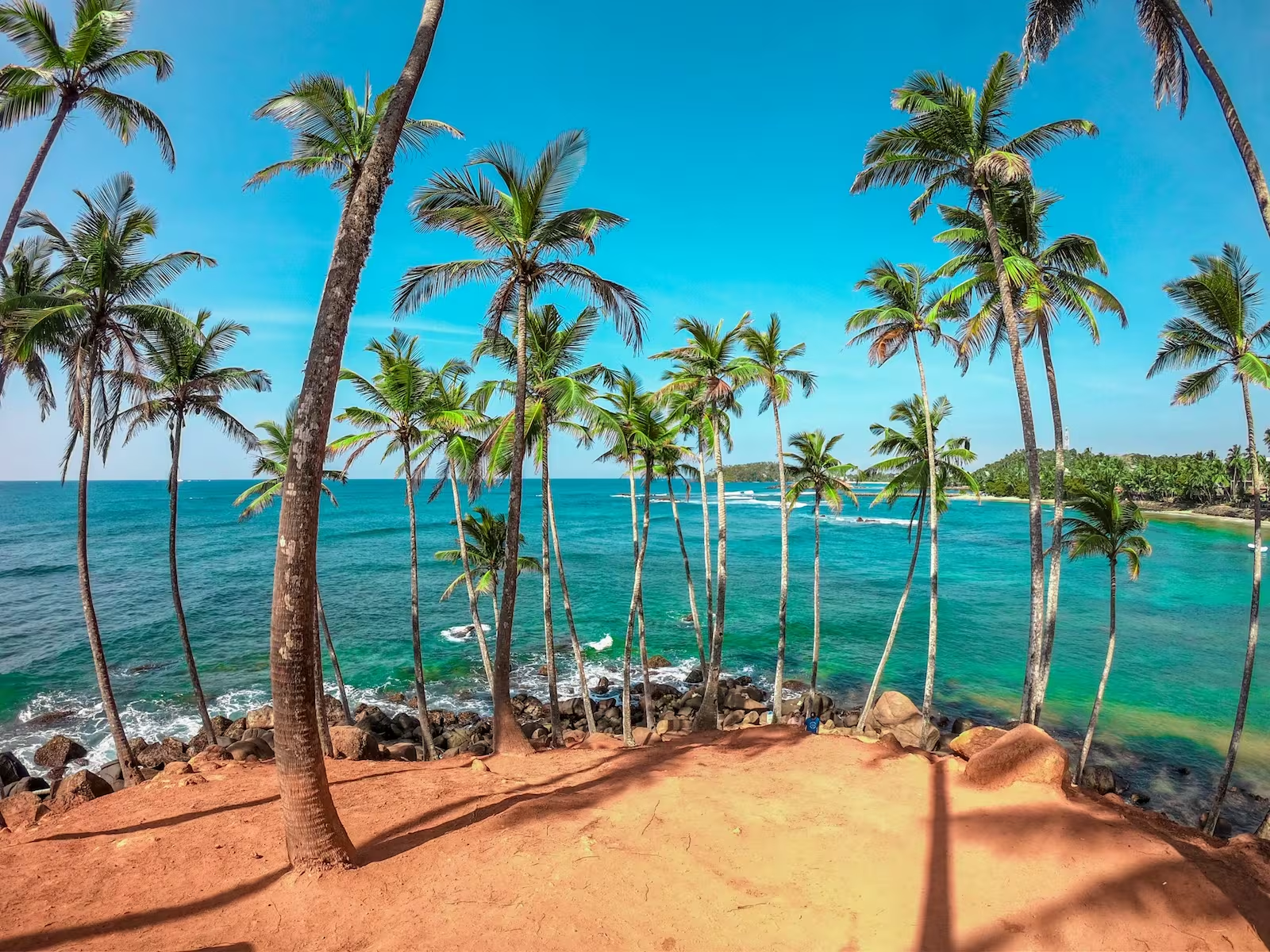
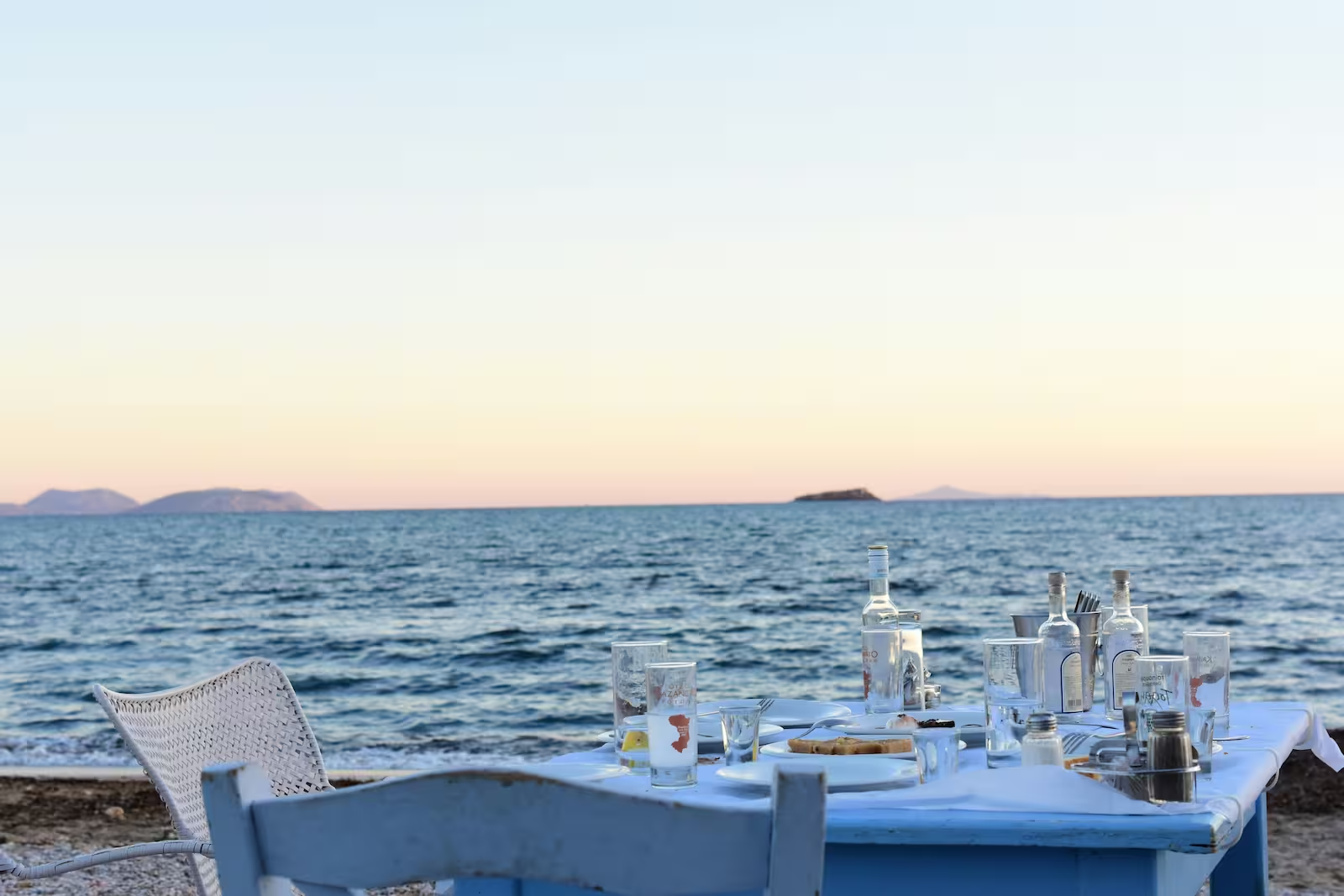
.avif)
.avif)
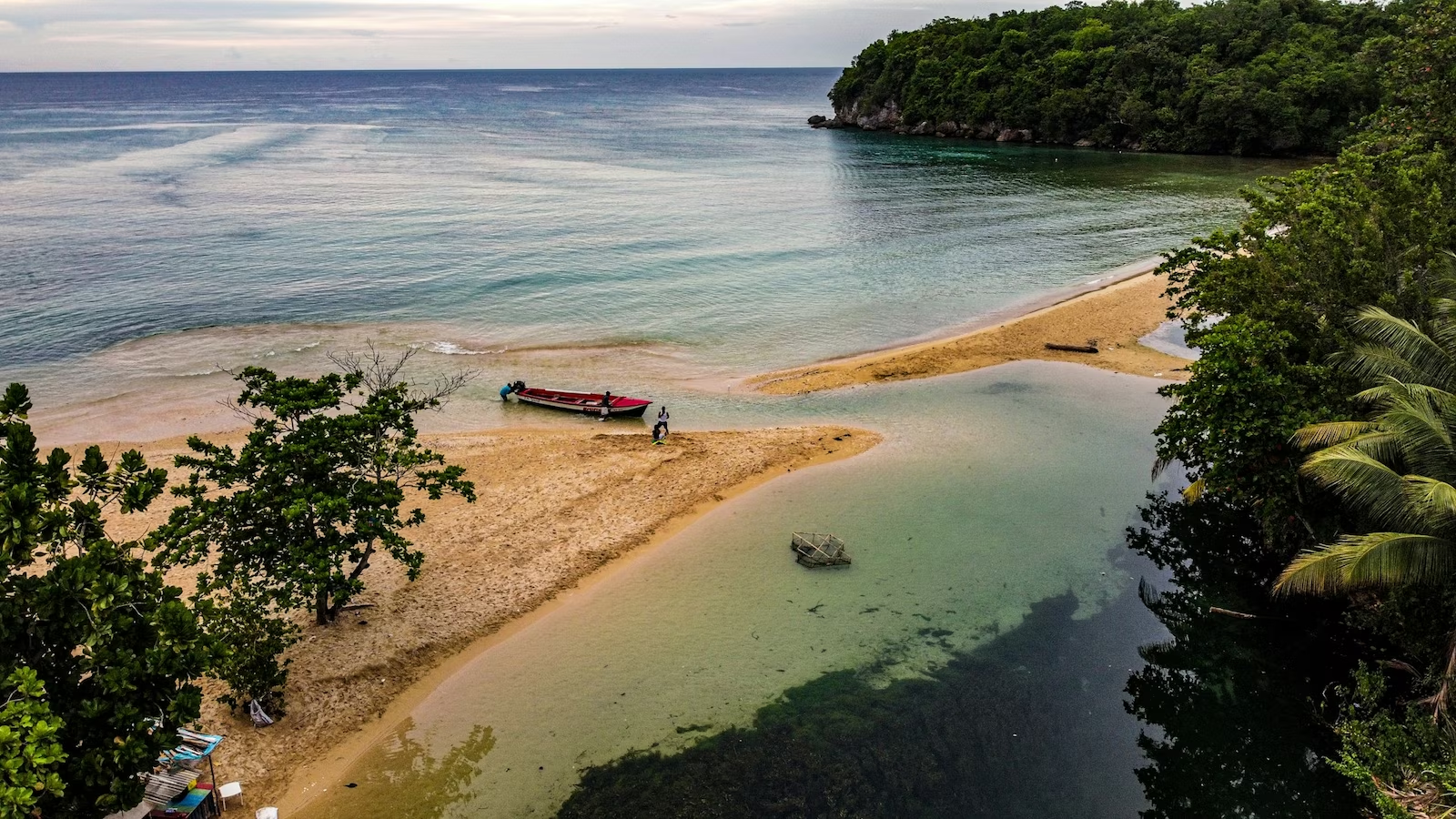


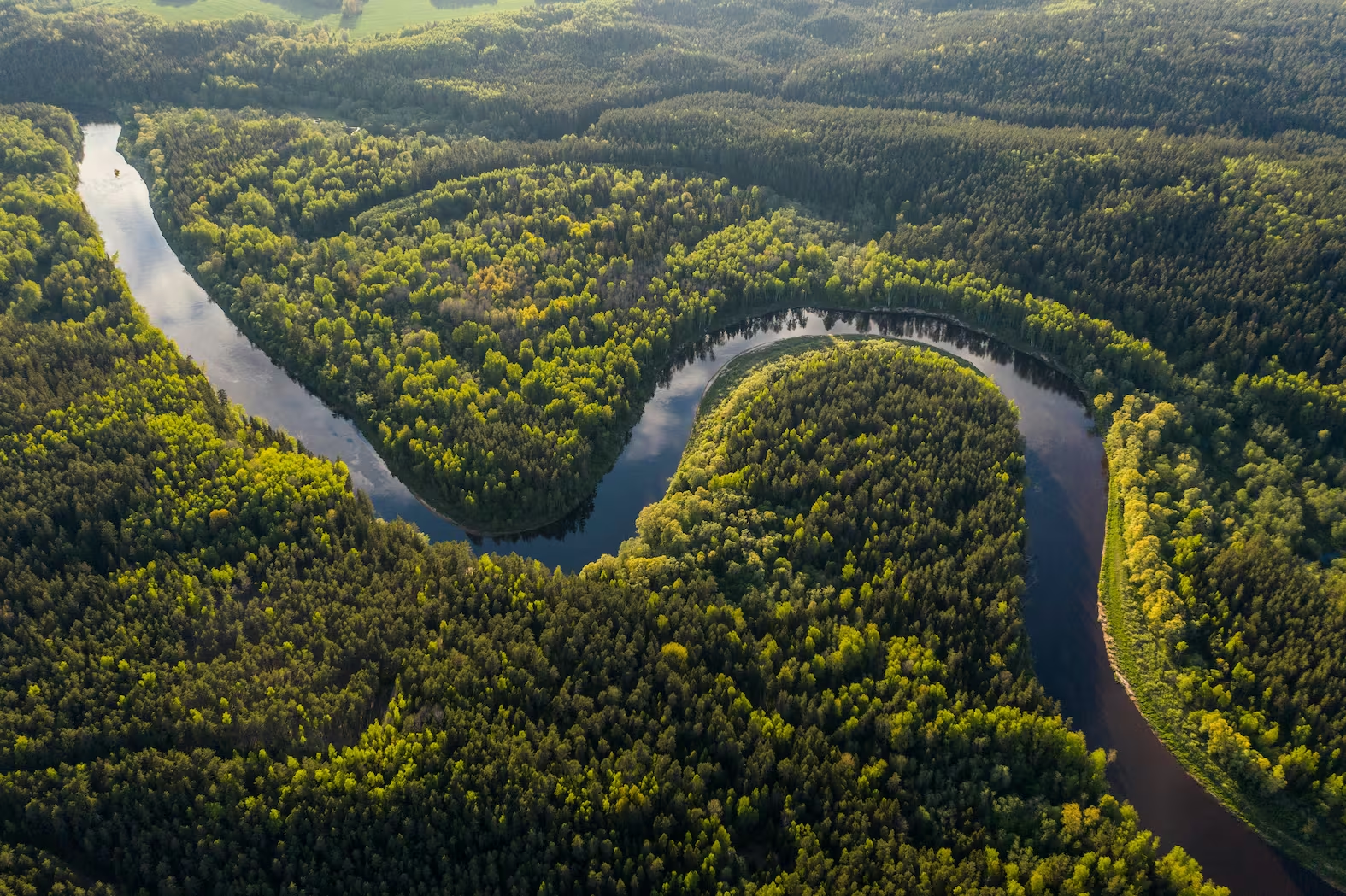
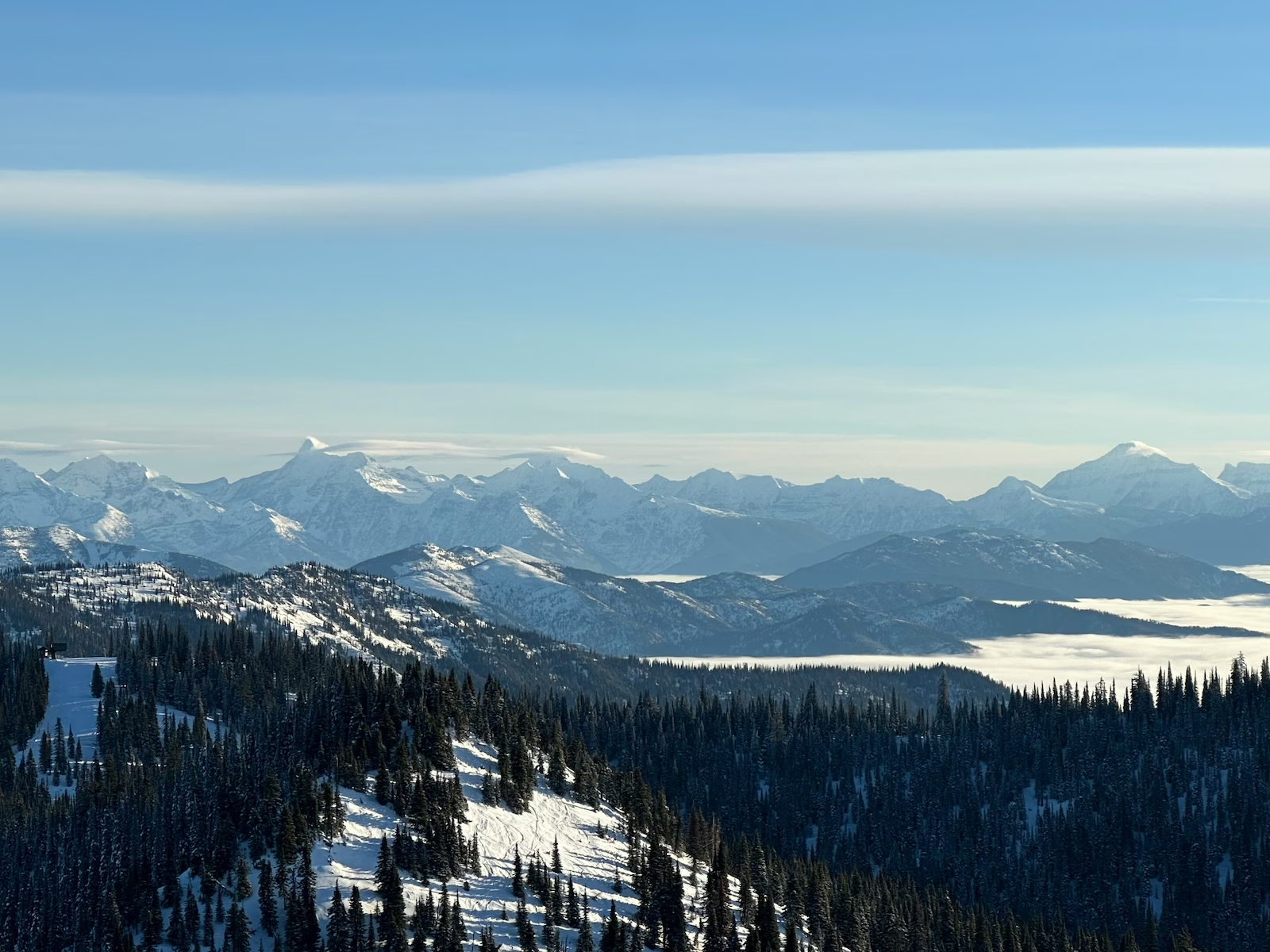
.jpg)
